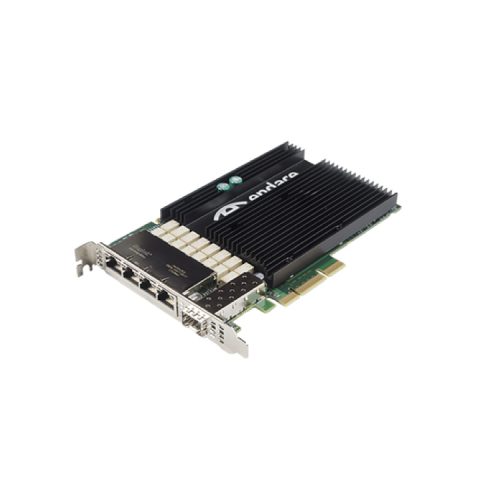
The information is cached and stored in an SQL database with a user-definable path.

Packet analyser: Ntop analyses the captured packets one raw packet at a time, to extract information including the host’s operating system, a record of when the host appeared on the network for the first time, the protocol, address resolution, etc.Ntop captures packets from the predefined network interface and buffers them, reducing the possibility of packet drops. Typically, these libraries have a low buffer capacity. Packet capture: Ntop uses Linux-based libpcap to capture packets on the network.It is really a very effective way to monitor the network, and has various functions from packet capture to displaying an analysis of the captures in a Web browser, in different modules:
NTOPNG STORAGE REQUIREMENTS FREE
Ntop, developed by Luca Deri, an Italian scientist, is available free of cost under a GNU license. It is said that the good things in life are never free, but I beg to differ. However, the moment you consider simple network monitoring, the automatic choice should be Ntop! There are various open source networking tools available on the Linux platform, including packet sniffers like Wireshark, Kismet and Tcpdump, and network probes like Hping and Traceroute. A good, reliable network monitoring tool becomes a must to pinpoint such issues. The output from this monitoring should then be analysed for possible anomalies, to pinpoint the problem. This monitoring should cover various parameters, including the protocols being used, bandwidth utilisation, activity graphs, traffic direction and flow. Troubleshooting should start with monitoring network traffic continuously over a period of time. You may have different operating systems with various protocols, network printers, wireless access points, firewalls, routers, managed switches, etc. This is because of the variety of different devices present on the network.
NTOPNG STORAGE REQUIREMENTS CODE
However, troubleshooting problems related to network configuration/malicious code can turn really nasty and result in a long-drawn-out battle. It is well and good if the problem lies in hardware, since the tracking is reasonably straightforward. To troubleshoot network problems from scratch, you would typically start by checking the network hardware - study the network diagram and physically check the network cabling, network cable crossovers over electrical cables, crimping quality, quality of IOs (Information Outlets), switches, routers, and practically all hardware being used for the network. Unwanted protocols like NetBEUI, IPX installed on IP networks. Various network protocols installed on the same network causing network performance degradation

Multiple cascading of switches on fast networks.Ĭable sequence not observed while crimping faulty crimping.Ī faulty Ethernet card transmitting a lot of packets. Table 1 details some possible reasons for network-related problems.


 0 kommentar(er)
0 kommentar(er)
